Dark Spots – Causes, Solutions and Prevention

Dark spots are a common skin issue that affect men and women of all ages. What makes them particularly frustrating is that there are a variety of issues that can cause this problem. In fact, dark spots have so many causes that it is better to highlight three broad categories instead.
Here are three primary causes of dark spots:
- Hormonal Shifts
- Sun Exposure (with varying effects on skin based on genetics)
- Allergic Reactions (which cause long-term skin damage)
This is kind of daunting to think about for most of us. After all, what are we supposed to do when dealing with such a broad issue? It is easier to understand dark spots and work against them than you might think though. All it takes is a little bit of knowhow and sticking with good habits.
Here’s the deal:
You may not be able to full stop dark spots from happening, but they can be minimized with simple skincare techniques. Most of us already use the main methods for minimizing and preventing dark spots. It is simply a matter of using specialized care on stubborn areas.
We’re going to take a closer look at dark spots so that we understand them better. That will leave us better prepared to work against the problem and knowing how to answer it when it happens. This is the kind of preventive measure that actually pays off.
With that in mind, let’s begin by taking a look at those broad categories from earlier.
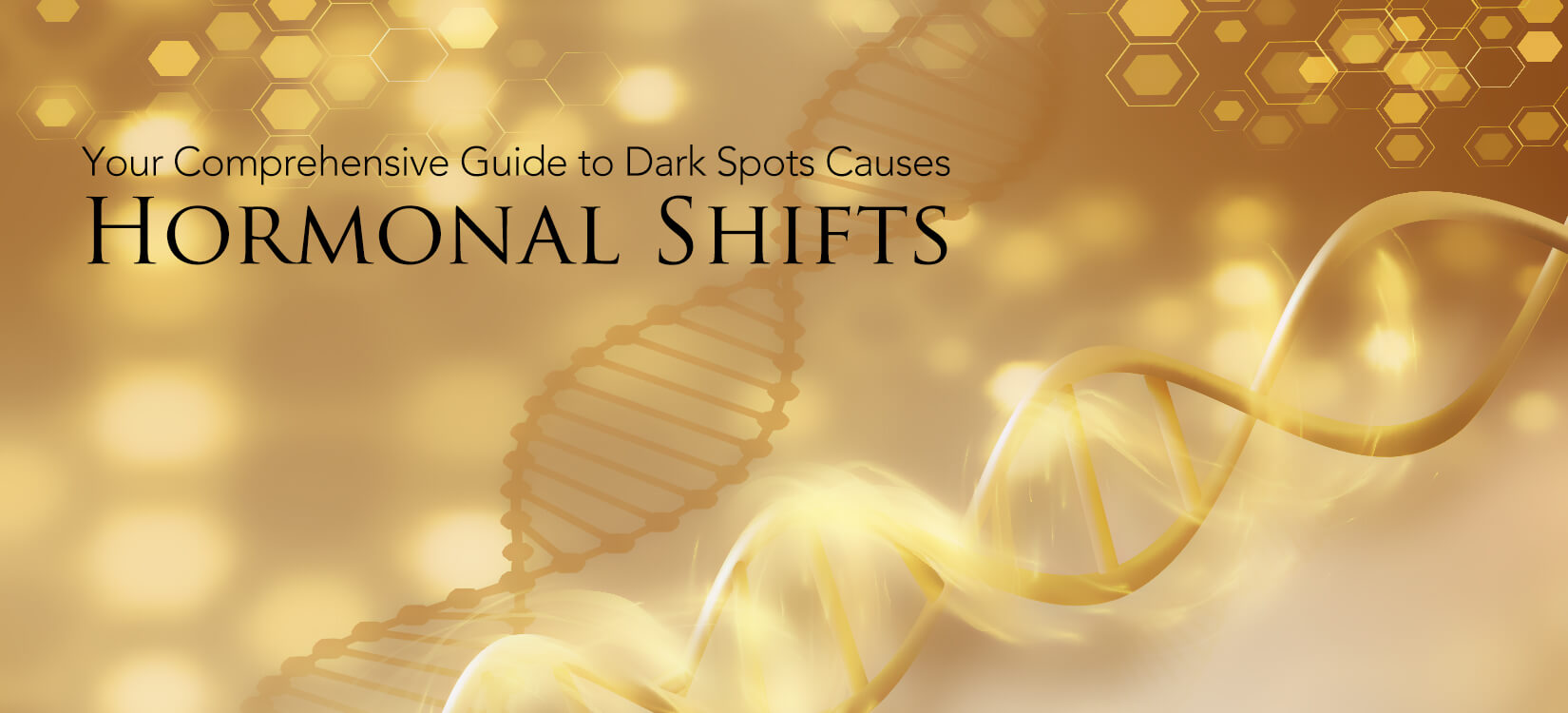
Perhaps the most frustrating aspect of trying to avoid dark spots is dealing with the fact that there are factors beyond your control. Genetics and as well as shifts in the body’s hormone levels are often the hardest problem to understand. That doesn’t make them any less real though.
You might be wondering:
“How can hormones cause dark spots?”
The answer is that they can do it surprisingly easily. Remember that your skin’s overall appearance and texture have a lot to do with whether your body is estrogen or testosterone dominant. The former leads to smooth, clearer skin while the latter causes rough, ruddier skin.
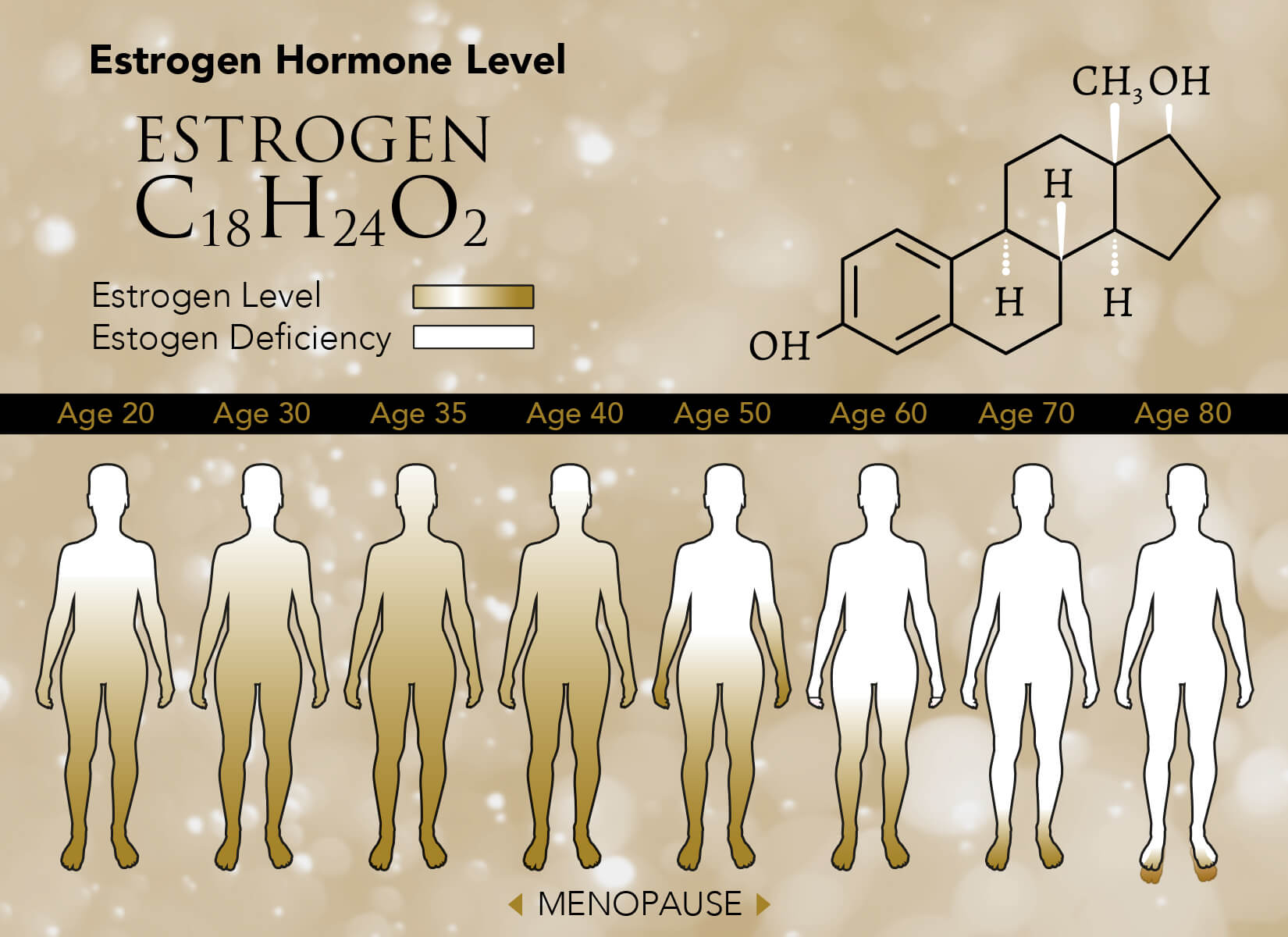
Individual hormone levels depend on the person and everyone has their own particular mix. It can shift across the course of our lives, but there are a few more common instances of this. Anyone with a menstrual cycle or that has been pregnant will be familiar with two of the major causes for shifts.
Of the two, pregnancy tends to be the event most likely to cause dark spots. This is generally known as “melasma”. The increased hormone concentrations during pregnancy interact with pigmentation producing cells and trigger the production of extra pigmentation. This in turn causes discolorations.
It gets worse:
Certain ethnicities actually run a higher risk of this kind of discoloration. Any person with Latinx genetic heritage or an overall light copper to brown skin tone tends to be more susceptible to melasma. This increased risk from genetics also pairs well with other potential causes for dark spots as well.
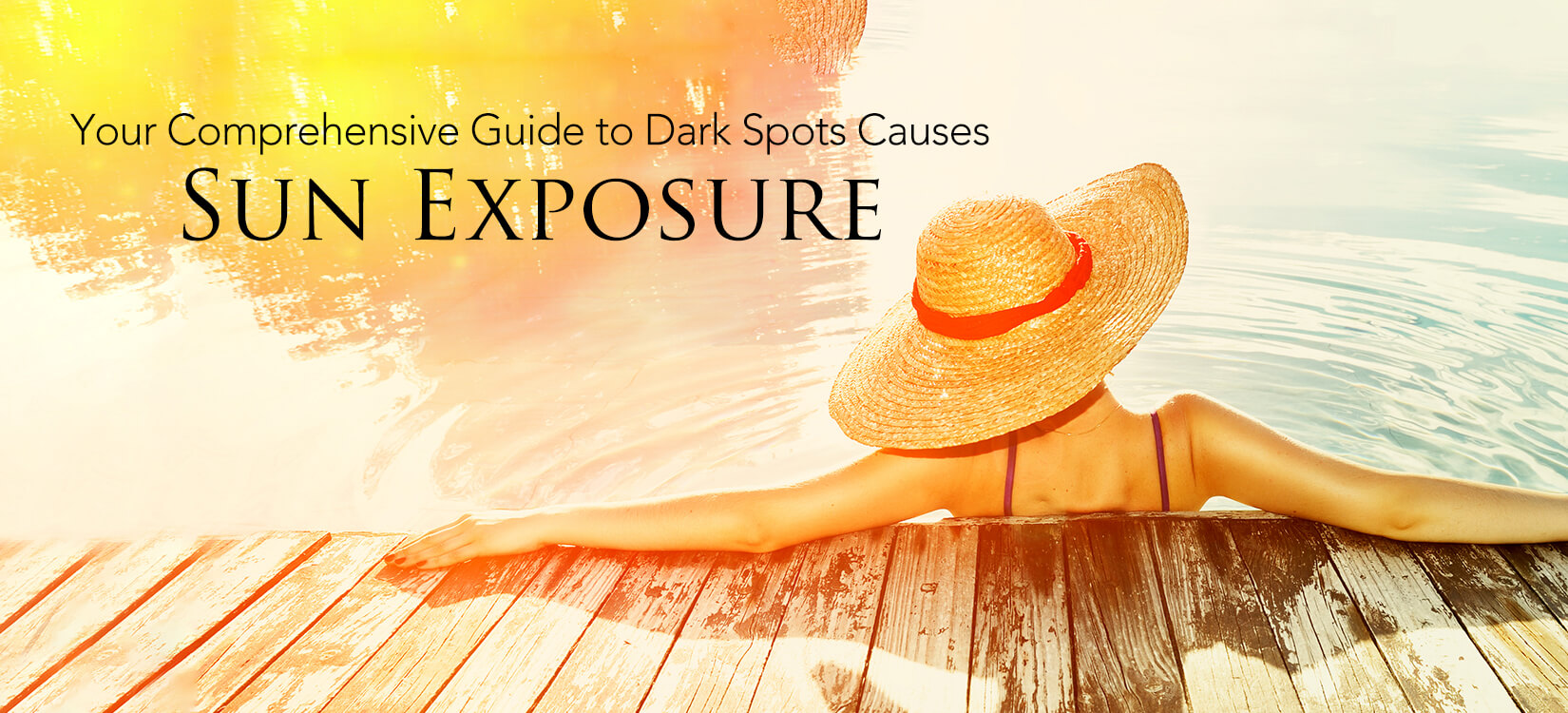
What brings out the worst aspects of genetic heritage for your skin is sun exposure. As highlighted above, certain skin tones tend to be more susceptible to dark spots and damage overall. The key to minimizing the risk is being aware of who is at increased risk.
People of Latinx extraction, as highlighted above, are at the highest risk for dark spots. However, people of European extraction tend to have the highest risk for other forms of sun damage. This latter kind of sun damage can be even worse as it can cause dark spots in addition to other problems.
Sun damage is caused by exposure to UVA and UVB rays. These hit your skin every moment that you’re outside without making the effort to protect your skin. Sunscreen is crucial to helping minimize the potential level of damage done.
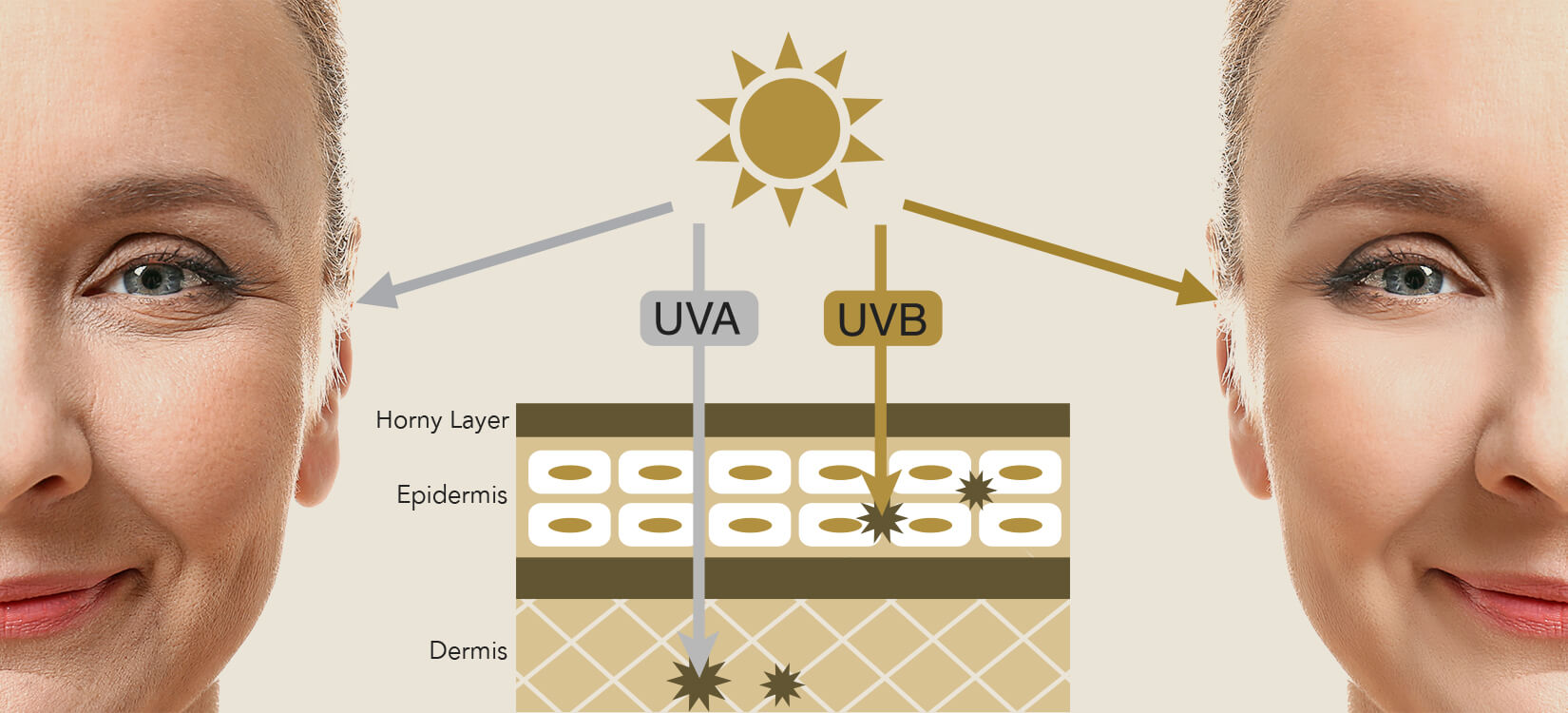
You might be wondering:
“What’s the worst that could happen?”
Damage from sun exposure actually affects the DNA of your cells. This can lead to dark spots on your skin, but it can also lead to potential replication issues that later causes skin cancer. Melanoma, the most virulent form of skin cancer, is a particularly worrying risk.
Unfortunately, your risk of melanoma actually increases with age. Decreases in the thickness of skin make your body less able to protect itself. This in turn increases the chance of melanoma even further.
Sun damage is an important concern, but you’ve also got to be alert to other sources of damage too.
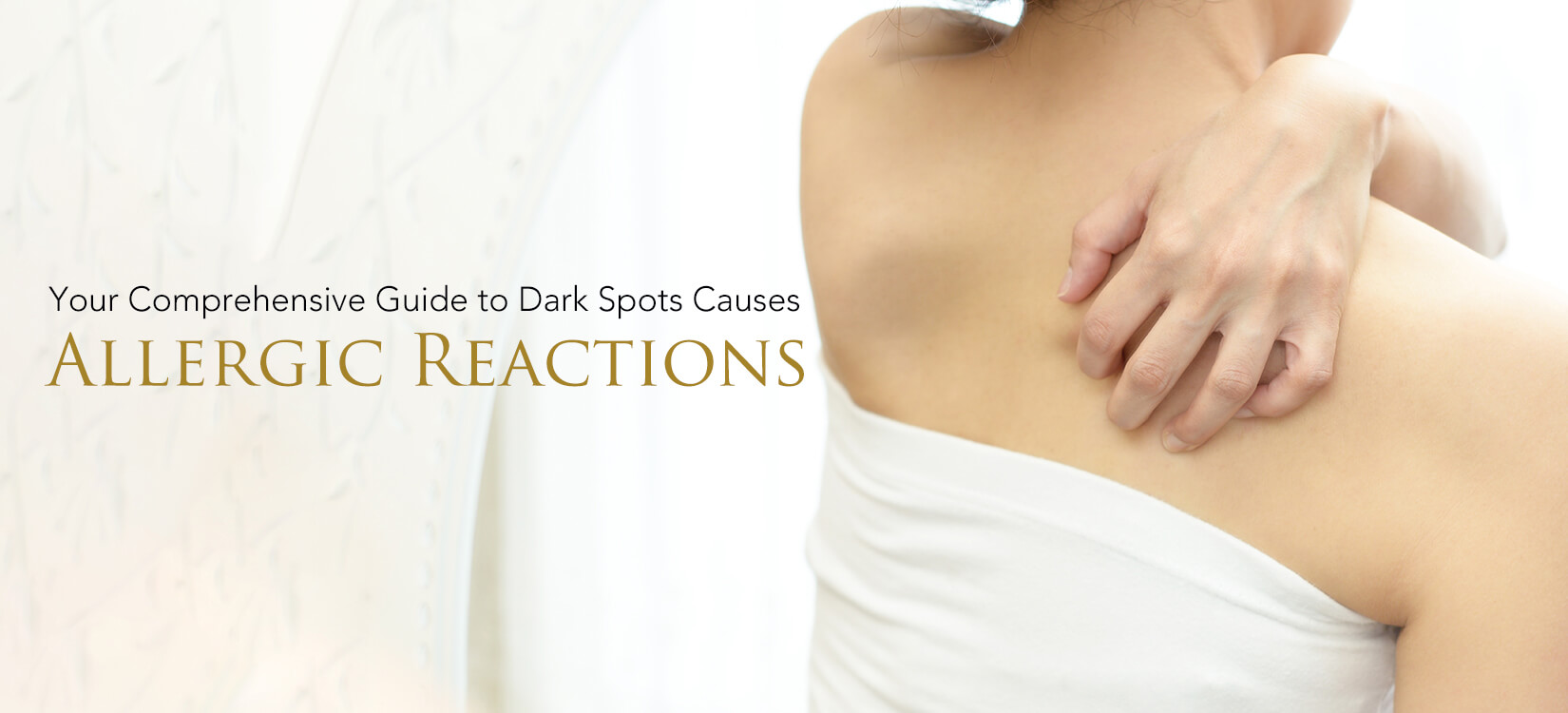
Certain allergic reactions can cause direct damage to the skin or cause less pronounced reactions. Some are worse than others though. Broadly speaking, these are known as dermatitis, but the name represents a group of conditions including:
- Atopic dermatitis
- Contact dermatitis
- Xerotic eczema
These, as well as other kinds, have the potential to damage your skin. Atopic dermatitis relates more to your genetics though. We’re going to focus on contact and xerotic to keep things short, but here are a quick few suggestions:

Contact dermatitis is best summarized as any kind of reaction that happens from touching something. Most skin allergic reactions fall under this grouping including the common reactions to poison ivy and nickel. Severity varies depending on the person.
By contrast, Xerotic eczema is an instance of severe dry skin becoming worse. The skin dries out even more and becomes incredibly dry with deep cracks. This has a very obvious potential for permanent skin damage.
Let’s review:
The key here is that both of the kinds of dermatitis we’re discussing cause the skin to be sensitized. This makes it react in an even more pronounced fashion than usual. Redness and other reactions causing permanent skin damage can cause lighter or darker spots to appear.
Controlling dermatitis is the key to avoiding dark spots from this. Similarly, you’ll want to take good care of your skin after any other form of damage to ensure it heals well. This is easier than you might think.
Preventive Care
Taking preventive steps is honestly the best thing you can do for your skin if you want to avoid dark spots. The right steps will help you avoid any long lasting issues as well as minimizing any issues that do happen. The main issue is figuring out the right steps to avoid the given issue.
The best option is remembering to use sunscreen. Study after study has shown that sunscreen is the best option when it comes to ensuring your skin’s long term health. It will help minimize uneven pigmentation and keep your skin looking youthful.
How though?
Remember how we highlighted earlier that UVA and UVB rays are problems for your skin? Sunscreen’s job is to block those from reaching your skin. The atmosphere protects use from the even more devastating UVC rays. You need to use the right sunscreen though.
Sunscreen is a lot more complex than we typically give it credit. First, you’re going to want to find one that offers “broad spectrum protection”. This means it blocks both UVA and UVB rays.
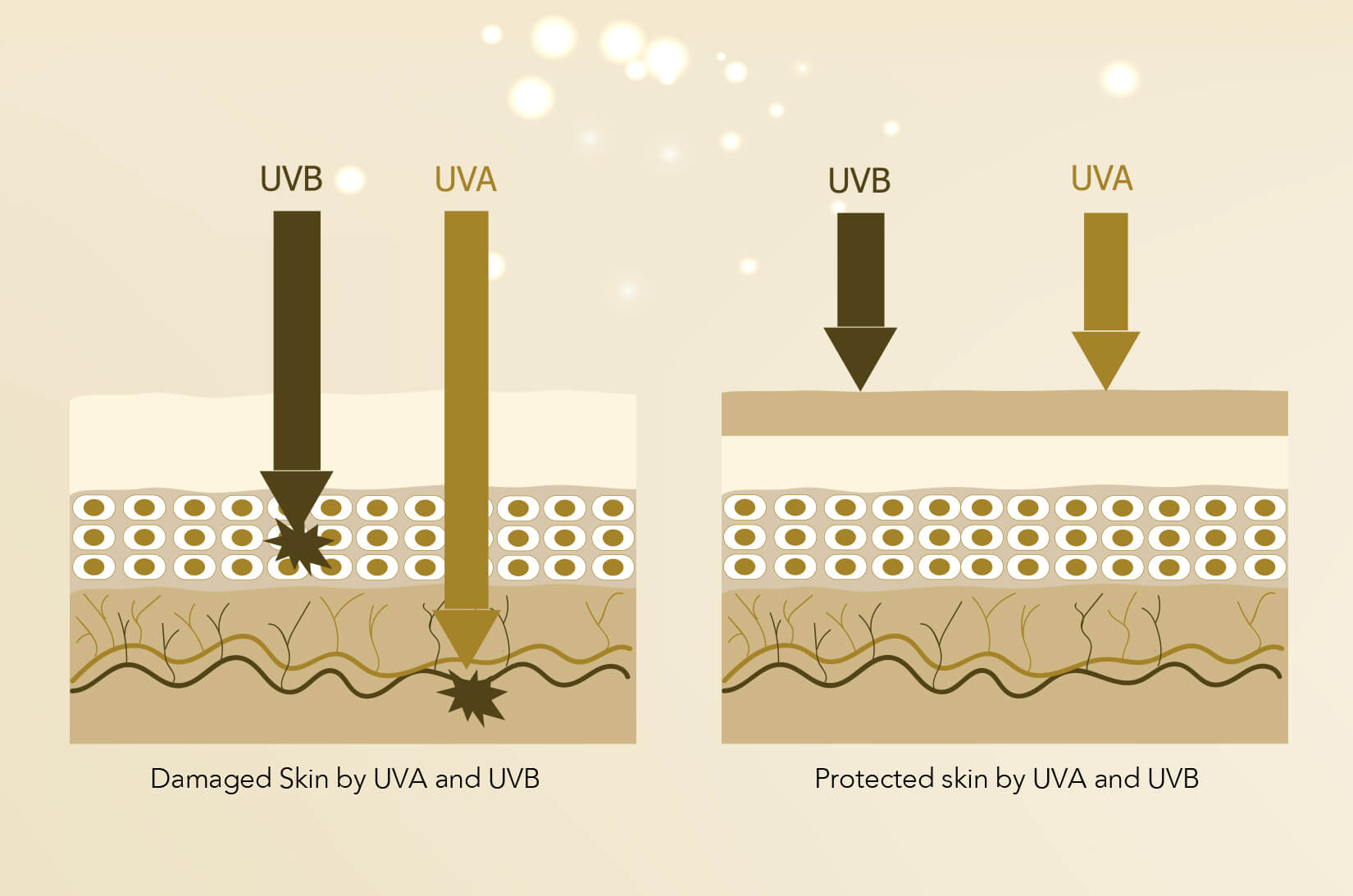
You’ll then want to make sure the sunscreen has sufficient SPF to actually protect your skin. Anything below 30 SPF isn’t worth most people’s time. It will simply not provide the right amount of protection for anyone. Don’t go too high though.
SPF ratings are subject to diminishing returns after 30 too. In essence, the difference between SPF 15 and SPF 30 is far higher than the difference between SPF 50 and SPF 70. You can use higher ratings, yes, but don’t expect to protect yourself all day with one coating.
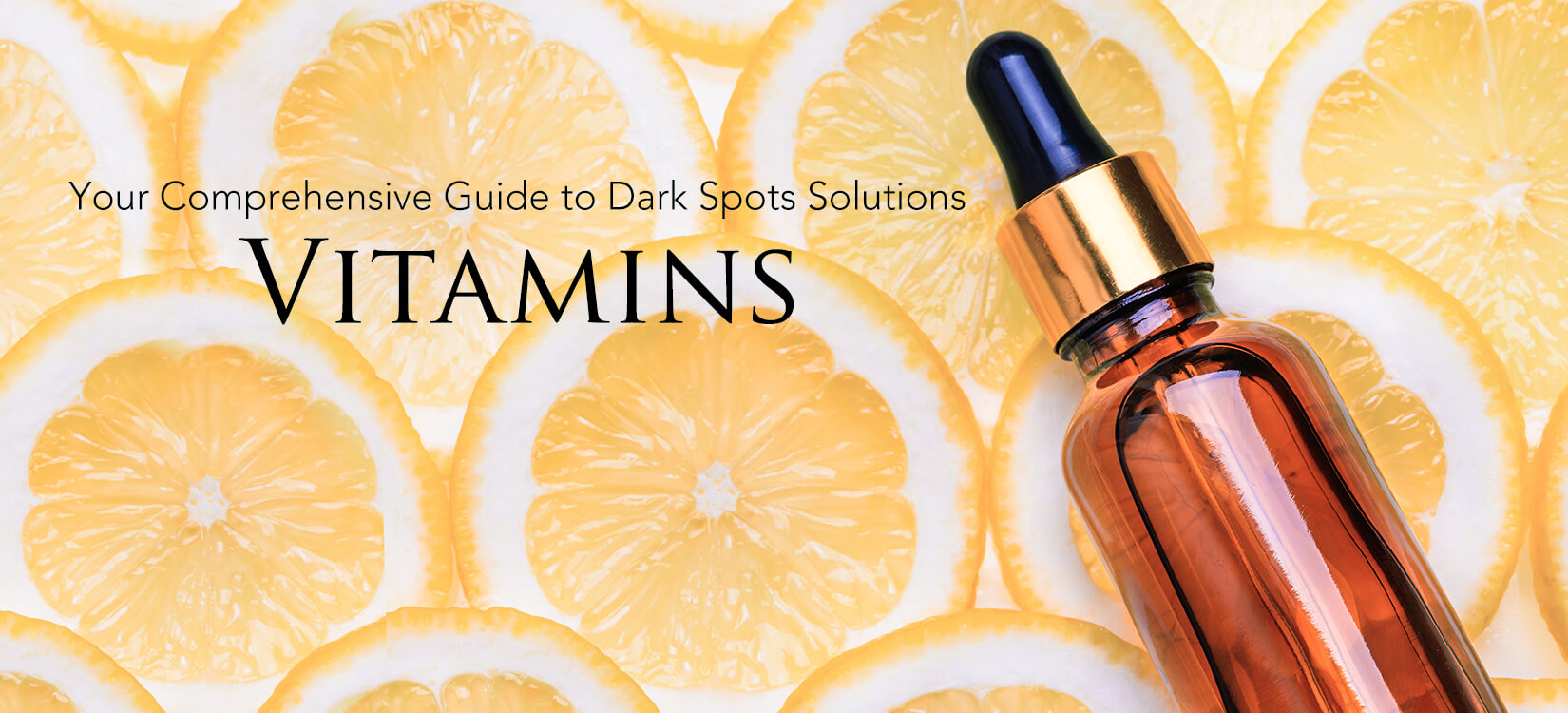
Keeping your skin healthy and resilient is the best way to avoid complications from allergic reactions and long term damage from accidents. This means ensuring your skin has the nutrients it needs while remaining properly moisturized.
We all do this every day. All of the products we use to help nourish our skin help with this. Providing skin with particular nutrients can prove more effective than others though.
You might be wondering:
“What are the best nutrients for my skin?”
This is easily summarized with “ACE”. Vitamins A, C, and E are all crucial to helping keep your skin properly nourished and damage resistant. Each one plays a role in the skin’s natural healing process. This ensures your skin remains thicker and better able to handle various kinds of damage.
Regular moisturizing is particular important here too. It maintains your skin’s moisture barrier. That’s what provides you with a small amount of natural sun damage resistance. Keeping it healthy will give your skin a small extra edge.
These options represent what most of us recognize as basic skincare. That’s not us being lazy either. Basic skincare is basic for a reason. It is made of the best ways for everyone to care for their skin.
Admittedly, sometimes these basic methods won’t cut it when it comes to dealing with stubborn dark spots you’ve already got. There are plenty of specialized ways to try and remove or minimize an already existing problem.
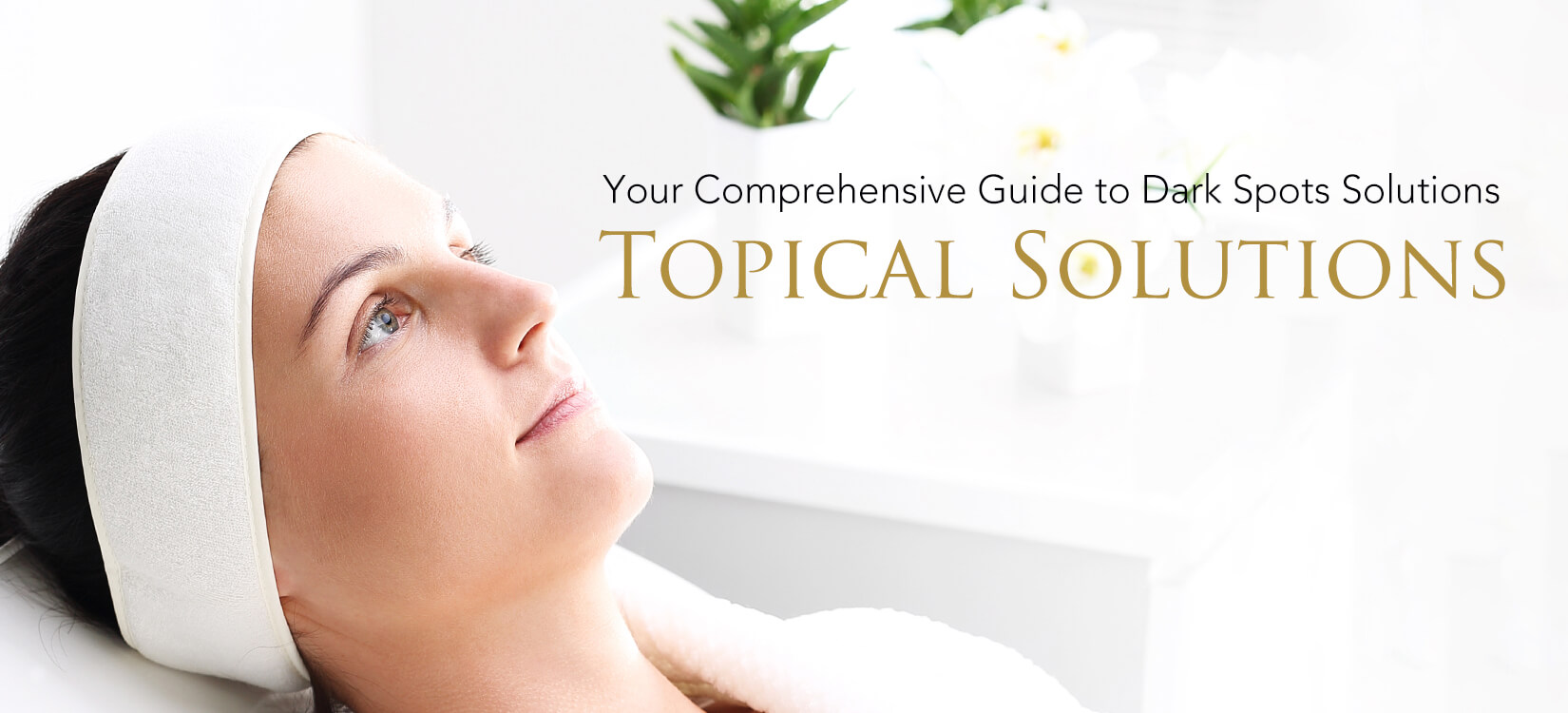
Most forms of exfoliation tend to be decent response to the average dark spot. Remember that the spot is darker than the rest because the skin cells have more pigmentation. Exfoliating layers off of the spot ends up lightening it some.
This effect is comparatively limited on its own though unless you’re using a truly powerful form of exfoliation. Some professionals use targeted chemical peels to brighten dark spots. You can have a more controlled effect if you’re willing to take time though.
Most of the time your doctor will likely prescribe a topical cream known as hydroquinone. This compound as well as a few others actually interfere with your skin’s ability to produce pigment. Interrupting it on a local level allows dark spots to be faded over time.
It gets better:
The results of using hydroquinone, or a similar compound, are often perfectly natural looking and may lead to the complete removal of a dark spot. This is why it is used. Admittedly, it isn’t a perfect solution thanks to a notable drawback: it is of questionable use to people of color.
Like a lot of skincare, the technique for brightening skin in areas where it has become uneven tends to have been historically focused on people with lighter skin tones. Most options for people with darker skin tones require more management to avoid causing light spots on the skin.
Prevention is ultimately the best course of action overall to ensure there are no difficulties with treatment.
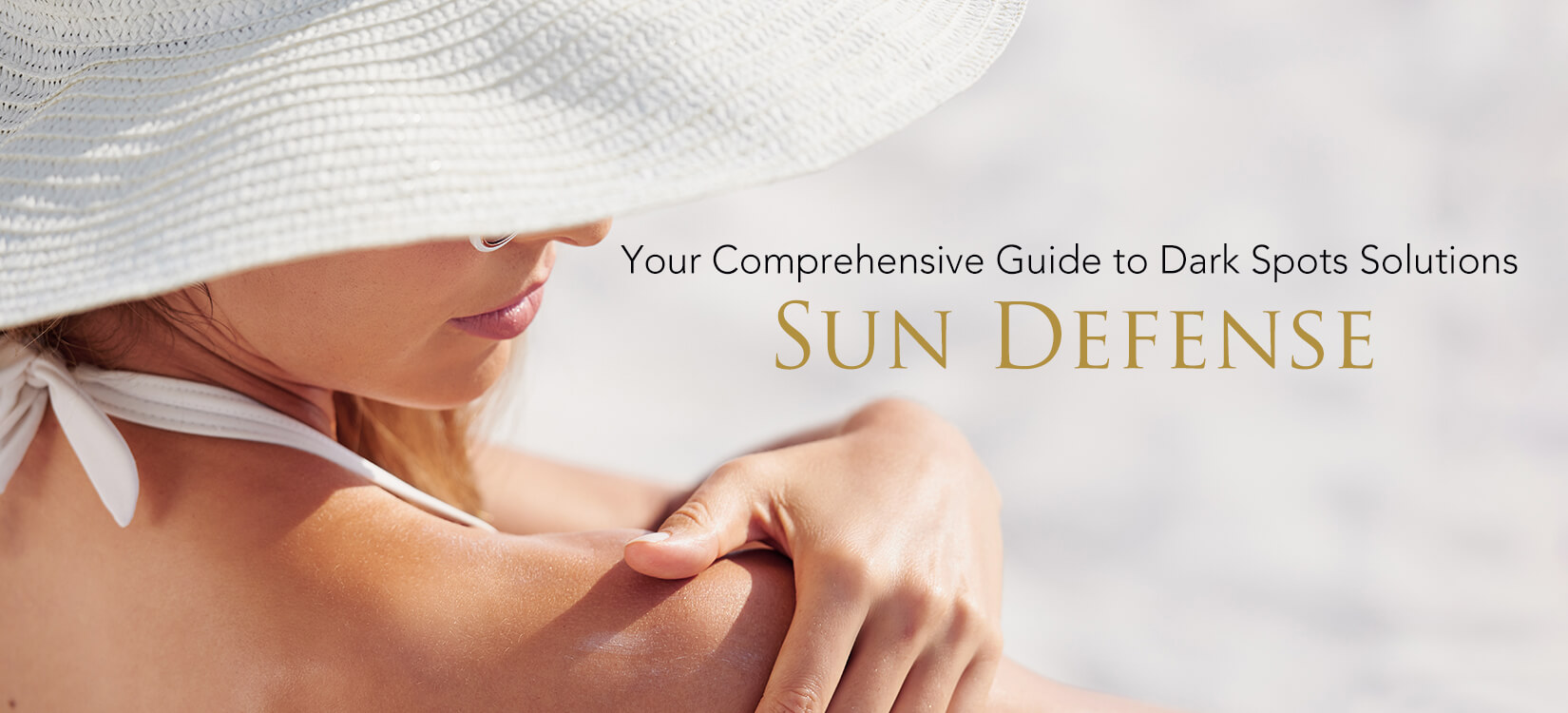
Despite there being so many things that can cause dark spots, we must all eventually make peace with it. Life has a way of causing random things to happen that we’ve got to deal with whether we like it or not. Taking good care of yourself is the best way to minimize them.
Dark spots can also be minimized by remembering to stick to the shade when it is an option. This will reduce your overall exposure to sun and minimize pigmentation production in your skin. This isn’t always feasible though.
Protective clothing is another good option. Properly treated clothing can offer you the equivalent of SPF if you’re willing to find it. Wearing these, a good hat, and sunglasses will also protect your vulnerable skin from damage.
Keeping all of this in mind and taking the right steps should help you avoid too many headaches from dark spots. It will also help you know what to do if they show up for other reasons. Ultimately, staying informed is what will keep your skin happy and healthy throughout your life.

